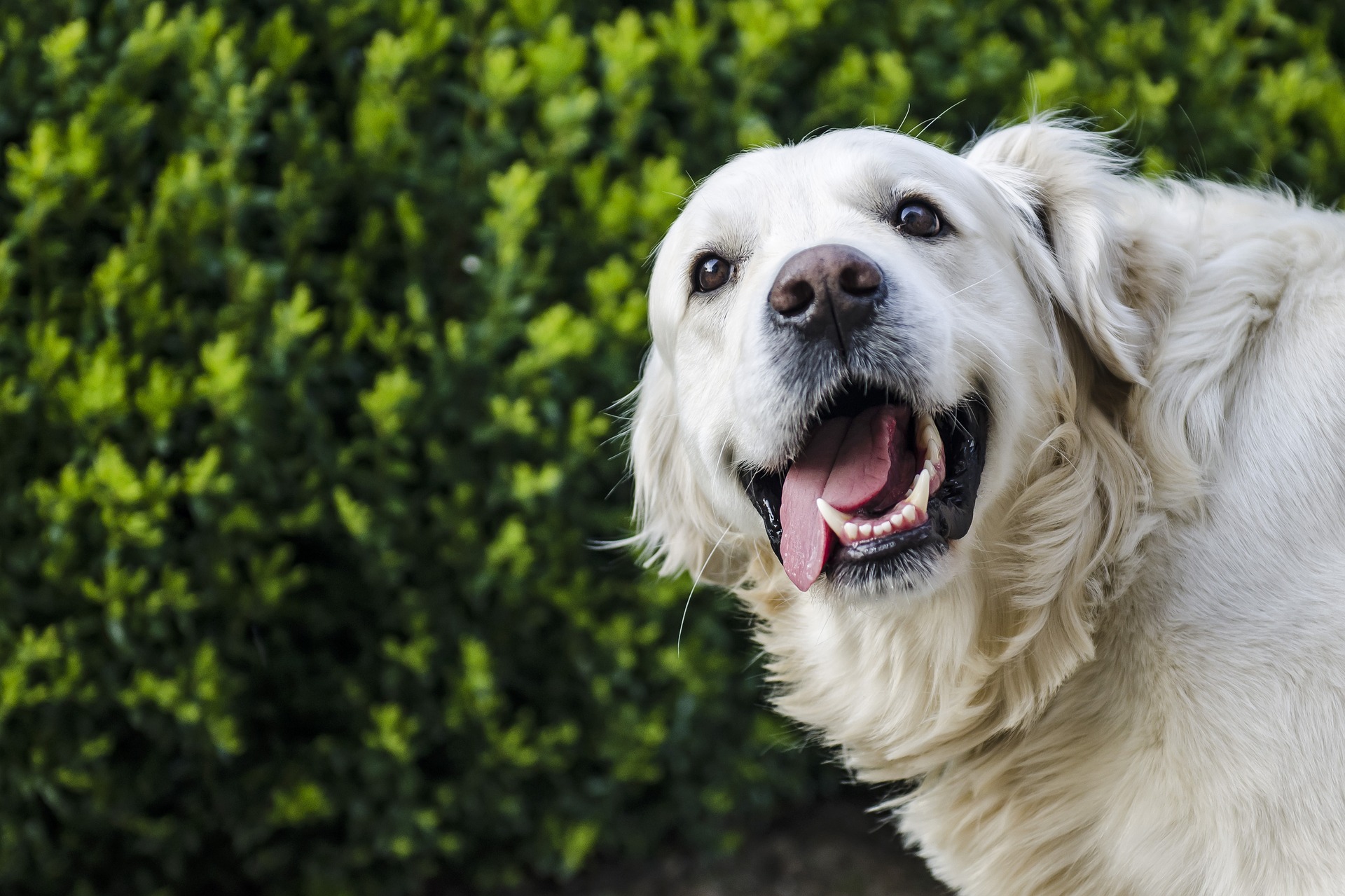It is never easy to watch your beloved pet go through a medical procedure, especially if it is a surgical one. When they are back home, watching them struggle with their day-to-day activities is all the more painful, and you wish that they would recover soon. The kind of surgery your four-legged friend has undergone will determine their recovery time at the hospital, and once they get discharged. Generally, the immediate few days post the surgery are the most crucial, as most complications can occur during this period. That is why you must follow the suggestions and recommendations of the veterinary doctor to ensure a holistic recovery of your pet.
So, let us check out some tips on how to take care of your pet after surgery at an Eastern Suburbs vet clinic, to ensure their rapid recovery and to keep them healthy and happy.
During discharge from hospital
After surgery, when your pet is ready to get discharged from the hospital, the doctor will give you various instructions about post-surgery care at home. The doctor will inform you when to come back to remove the sutures or for a follow-up inspection of the wound. If you want, you can schedule this appointment at the time of discharge.
Your pet cannot take care of themselves, nor can they comprehend the safety instructions of the vet. So, you must make sure that you have understood all the instructions thoroughly, before leaving the hospital. If you have any questions or doubts, such as about medication techniques, get them cleared at the hospital. Don’t bring your doubts back home. After all, your pet can sense your hesitant and doubtful behaviour while administering medicines and may become anxious and difficult to manage. However, if you remain calm and confident, your pet will reciprocate your manner, and it will be easier to handle them.
When at home
Make sure to bear the following things in mind once your pet is back home:
Follow all the instructions of post-surgery care at home precisely.
1. Your pet may still feel the effects of the anaesthesia. They may not be able to balance themselves properly on their feet. So, place them in an enclosed and quiet place for some time, until they recover from the effects of anaesthesia. Your pet, however, might be hyper-excited to return to their regular habit. It is your job to ensure that they get adequate rest.
2. Allow your pet to go outdoors only to defecate or urinate. And when they go, always keep them on the leash. Follow the instructions about where and how to harness the pet. Also, learn the best way to support or lift your pet whenever required.
3. If your pet is on pain medications, their reflexes may slow down due to the dizziness caused by the medicine. You should restrict their activity to avoid any injury. For instance, after surgery, pet animals should avoid slippery floors and stairs. So, keep them in a safe enclosure, such as a crate, and make sure that they receive all the prescribed medications.
4. You should supervise and monitor their drinking and eating patterns. Initially, provide water and food in small quantities. Then, once you are sure that your four-legged friend is starting to feel normal, you can increase their portions. Follow the eating and nutritional requirement instructions as provided by the vet.
5. Monitor and ensure that your four-legged friend is defecating and urinating as expected. Remember that if your pet has been administered fluids during hospitalisation or surgery at an Eastern Suburbs vet clinic, then they would need frequent urine breaks.
Monitoring the surgical sites
Post-surgery swelling is quite normal, so don’t get worried if you observe any swelling at the surgical site. However, watch out for any signs of redness, excessive bruising, oozing, odours, pain or heat. Don’t allow the pet to chew or scratch the bandage or sutures. You may need an e-collar or Elizabethan collar to stop them from biting the wound. If something is not right about the surgical site, then you must consult the vet immediately.
Follow-up
It is important to adhere to all the follow-ups as recommended by the vet in Linfield. This will help the vet properly monitor the recovery process of your pet. You would need a follow-up appointment to get the sutures removed. In the case of a cast, you would need regular check-ups to monitor the progress and to remove the cast as recommended. Sometimes, various tests, such as X-rays, are conducted to assess the healing process, for which you would need a follow-up appointment too.
The days of post-surgery are tiring times for the pet and the owner. However, irrespective of the current situation, things will get better as the days pass and your four-legged friend starts to heal. So, it is vital to follow all the instructions for pet grooming provided by the vet. This will ensure holistic and rapid progress in the healing process. Remember, our pets cannot communicate their pain and suffer through words like humans. Thus, by following the instructions, you can make sure that your beloved pet’s discomfort is minimum and that the recuperating process is smooth and pain-free.

